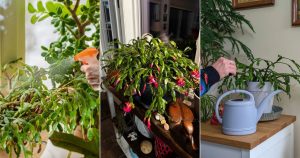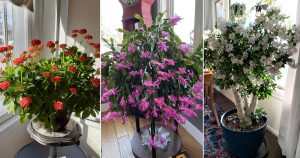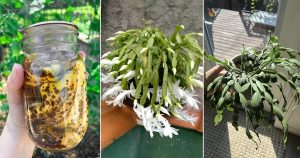If you are in love with Cotyledon tomentosa, why not learn how to encourage more pups in your Bear Paw Succulent? Read along!
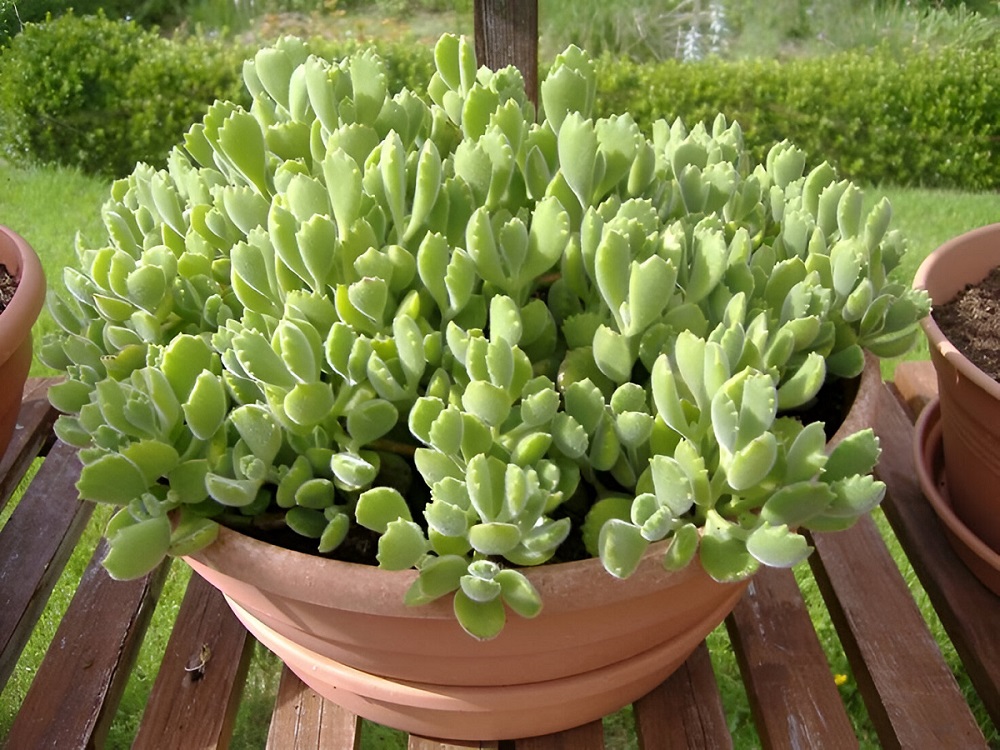
The Bear Paw gets its name from its fleshy, lobed leaves that resemble animal paws thanks to their serrated tips. Plus, they are covered with tiny hairs, which give them a fuzzy texture. If you want to encourage more pups in Bear Paw, follow these steps.
7 Ways to Encourage More Pups in Bear Paw Succulent!
1. Choose a Sunny Spot
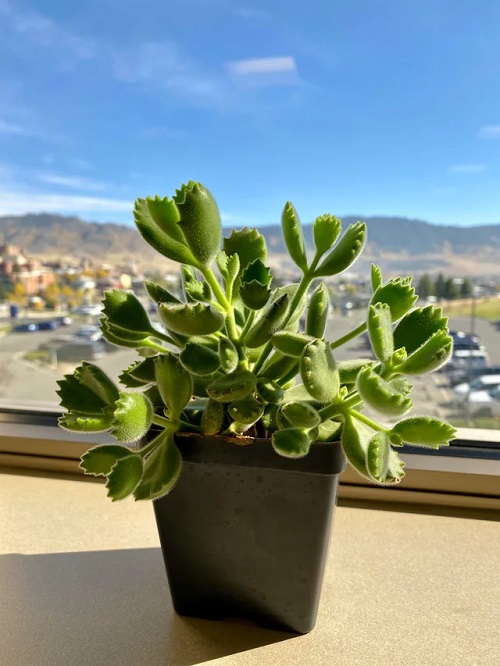
To encourage any succulent to flourish, the main factor is always sunlight, and Bear Paw is no different. Bear Paw loves the spotlight and grows beautifully under full sun for at least 6 hours every day.
Besides encouraging vigorous growth and many new clusters, full sun conditions mimicking its natural arid habitat also help maintain the plant’s unique fleshy appearance and its characteristic “paws”.
Plus, did you know that under ideal sunny conditions, the vibrant green paws develop red tips? These make the plant look extra adorable! If you’re growing Bear Paw indoors, place it near a south-facing window or under grow lights for best results.
The only time it might appreciate a little break from the sun is during scorching afternoons. Just remember—if your Bear Paw doesn’t get enough light, it may start stretching out (a condition called etiolation), leading to leggy growth and fewer clusters.
2. Targeted Nourishment is Key
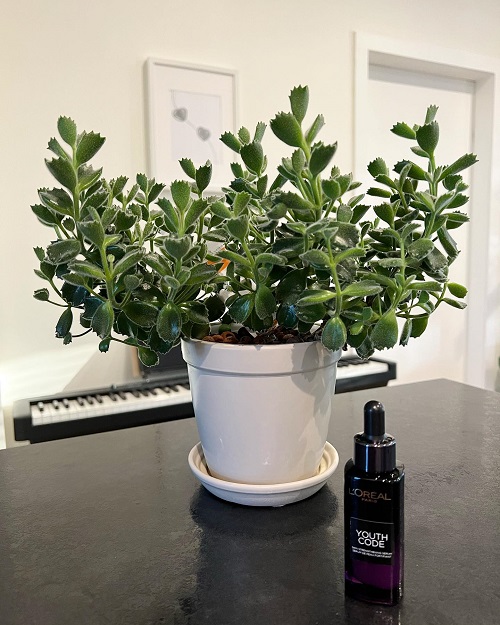
Usually, succulents do not demand much food. However, if you want to encourage your beautiful plant to produce more clusters, you need to be proactive about fertilizing.
Firstly, get a balanced liquid fertilizer, especially made for succulents and cacti, and dilute it to half the recommended strength as per the manufacturer’s instructions. You will want to fertilize lightly during the active growing season, which is between spring and summer.
Don’t overdo it—too much can burn roots. Once fall arrives, stop fertilizing to let the plant rest. This kind of seasonal feeding helps with lush growth, vibrant leaves, and can even encourage blooms!
You can also try a fertilizer with slightly higher phosphorus content (like 10-15-10) once during early spring. Phosphorus encourages root development and healthier offshoots, which leads to more clustering. Only once per season is enough.
Note: Avoid fertilizing your Bear Paw right after repotting. Give it a couple of months to settle in before resuming feeding. This helps prevent stress and root damage.
3. Water According to Its Natural Habitat
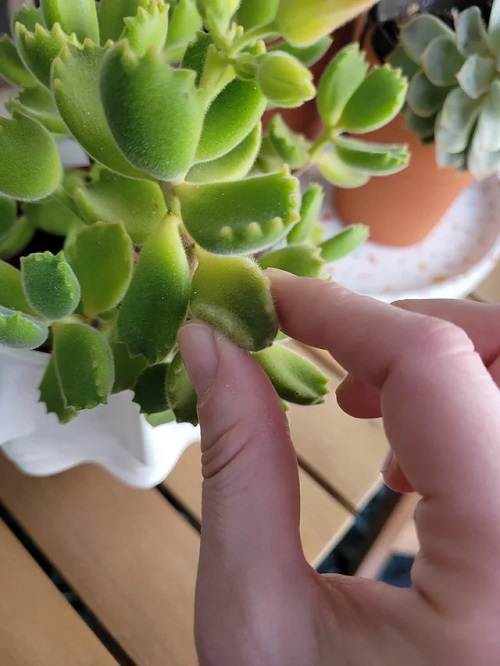
Considering that the Bear Paw is native to the arid environment of South Africa, it has a very high degree of drought tolerance. While this means you can practically not water it at all for weeks, it also implies this succulent is extremely easy to overwater. So, how do you understand when to water your Bear Paw for optimal growth?
Here’s a handy trick—gently pinch the leaves. If they feel firm and plump, the plant is well-hydrated. But if they feel soft or limp, it’s time to water. Always wait until the soil is bone-dry before watering again.
Avoid late-day watering, especially in cooler months, as it raises the risk of rot. Mornings are best for watering, so the soil has time to dry out by evening.
Pro tip: If you overwater, remove the plant and check for firm, healthy-colored roots—not brown or mushy ones. Snip away any such brown roots, clean the rest, and repot in fresh, well-draining soil.
4. Good Drainage is a Must
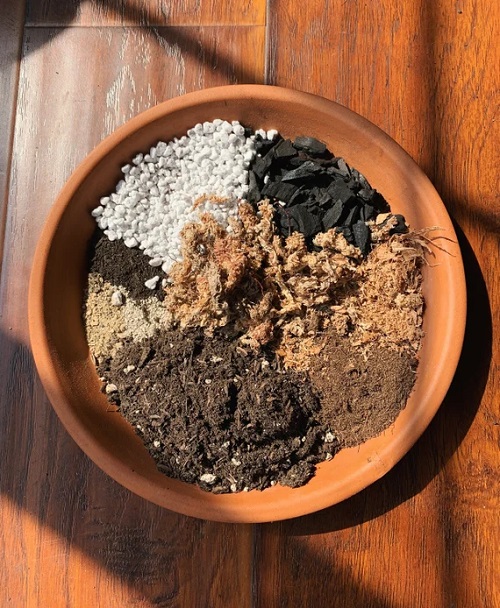
Watering is just one piece of the puzzle — soil quality is just as important. Bear Paw needs well-draining soil to prevent root rot. Use a cactus/succulent mix or make your own by combining two parts potting soil with one part perlite or pumice. Even coarse sand works!
These gritty materials improve airflow and drainage, creating the perfect setup for cluster growth. You can even mix in a slow-release fertilizer during the growing season for an extra boost.
If you’re planting outdoors, go for sandy soil—Bear Paw loves it! Just make sure your pot has drainage holes to avoid soggy roots.
And if you’re reusing an old pot, make sure it’s clean and dry. Old moisture or fungus can invite rot and slow down growth. A quick rinse with diluted vinegar or hydrogen peroxide does the trick!
5. Protect From Temperature Extremes
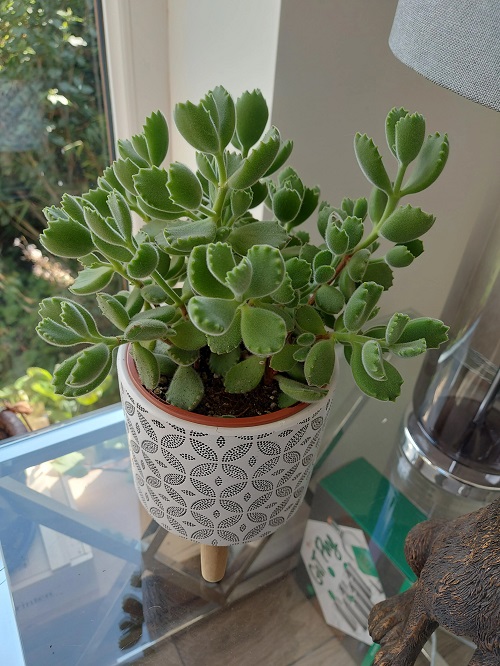
While Bear Paw can handle some temperature swings—down to 0℃ (32℉) and up to 43℃ (109℉)—it doesn’t like staying in those extremes for too long. When temps go wild, the plant can go dormant and pause growth altogether.
For one, they enter a dormant state during temperature fluctuations to conserve water. During this time, you will see no active growth, let alone additional clusters. If it stays too cold, blackened leaves may appear—a sign of frost damage. On the other hand, intense heat can scorch the gorgeous leaves, causing wilting. Both are undesirable situations.
This is why it is important to understand what type of temperatures Bear Paw prefers during different phases of life. During dormancy (usually in summer), they prefer cooler temperatures. But anything below 40℉ (10℃) can halt new growth, and too much heat reduces the plant’s water needs, slowing it down. If temps swing is too far, get your Bear Paw back to comfy conditions ASAP.
If you’re growing it in a pot, consider moving it to a shaded or sheltered area during heatwaves or frosty nights. Even a small temperature buffer can prevent damage and keep your clusters intact.
6. Prune and Propagate

One of the best ways to get new clusters is by taking cuttings and propagating them. First, with sharp, sterilized pruning shears, you need to cut a few inches of stems from the main plant and remove a few of the bottom leaves.
Let the cuttings callus over for a few days in a warm spot. The ideal temperature range is between 70-80°F (22–27°C). Finally, pot them up in well-draining soil and wait for the magic to happen!
Another great time to prune is right after the plant finishes blooming. This lets you remove leggy stems and redirect energy into growing fresh clusters.
Note: Though you could also propagate Bear Paw by individual leaves, it is pretty difficult and takes a longer time than propagating through cuttings.
7. Repot Every 2 Years
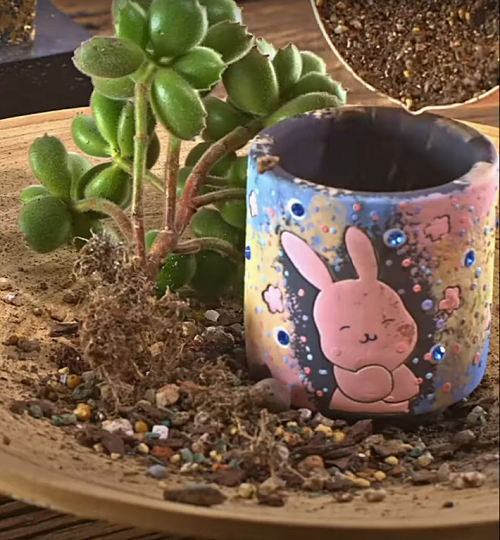
Bear Paw likes to stretch out—literally! Repotting every two years gives it space to grow and encourages new clusters. Spring is the best time to do it since the plant is gearing up for active growth.
Pick a pot that’s just 1–2 inches wider than the current one—you don’t want the roots swimming in space. After repotting, water lightly for a few weeks, then return to your usual care.
Also, check if the roots are circling tightly around the bottom. That means it’s root-bound and needs a bigger pot. Loosened roots breathe better and support more cluster growth.
Pro tip: Do not repot Bear Paw while it is actively blooming. This can lead to transplant shock. The best idea is to wait for the plant to finish blooming and for dormancy to set in.
Follow all of these steps mentioned above and watch more pups in Bear Paw like crazy! Tell us more about your Bear Paw growing journey in the comments below!

